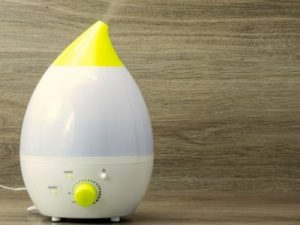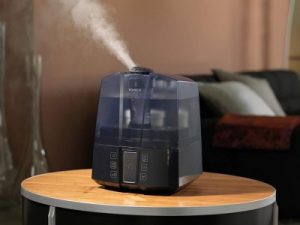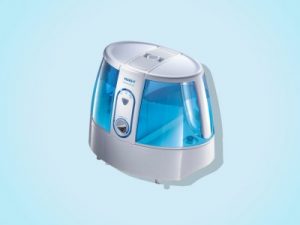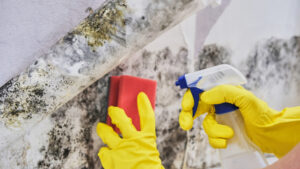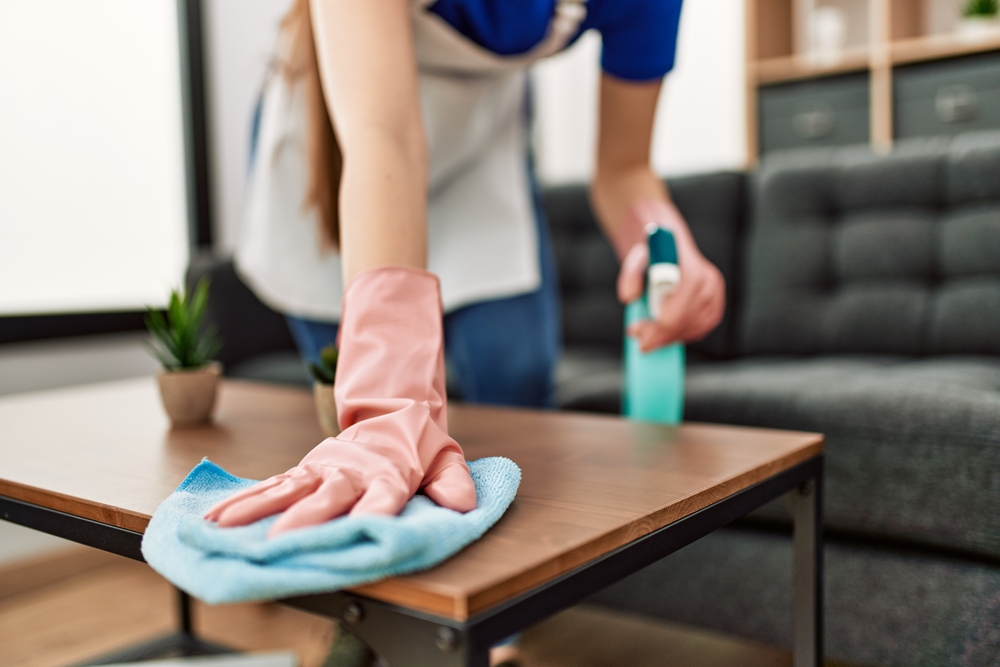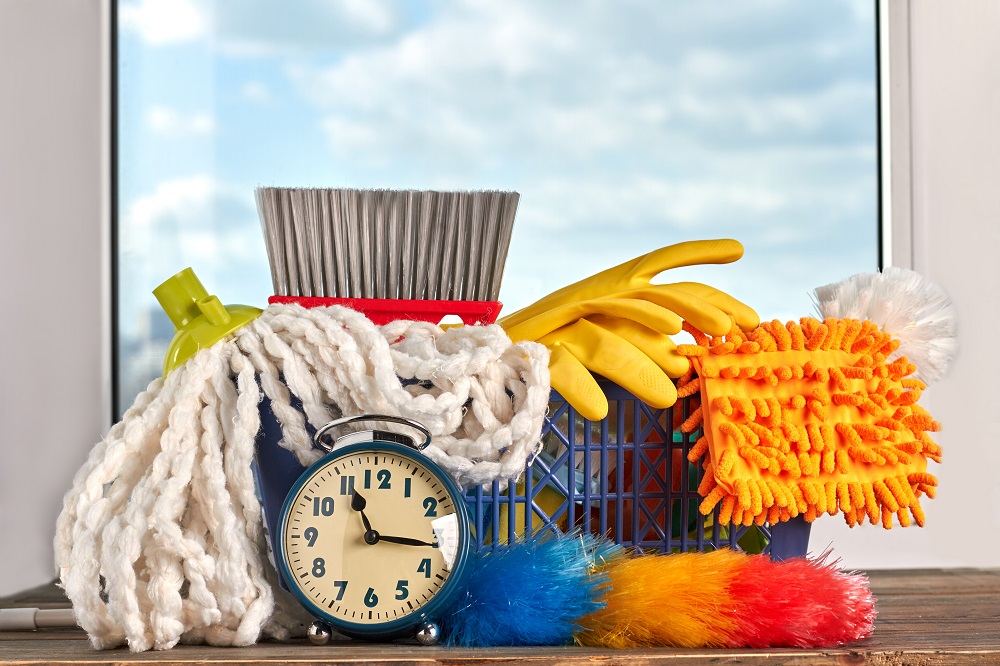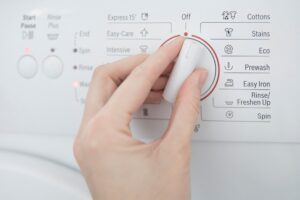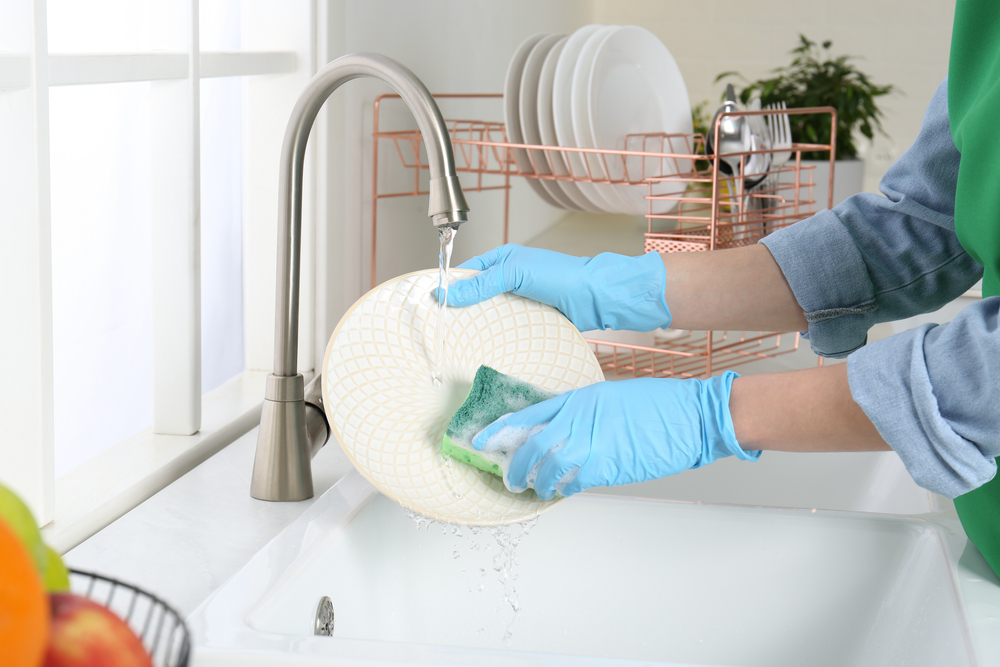
Never microwave your sponge.
I know that heat can be an effective way to kill those germs, which is exactly why most of us have heard that popping a sponge full of germs in the microwave might be a good way to sanitize it. Even so, it is NEVER a great idea to put your sponge in the microwave. In fact, it can even be dangerous.
Synthetic and dry sponges could easily catch fire in the microwave; besides, sponges might contain metal fibers, which don’t mix very well with microwave heat.
You don’t need to disinfect your sponge.
As experts say, disinfecting a sponge could actually be counterproductive. There’s a study conducted by Scientific Reports that proved how disinfecting your dirty sponge might kill the bacteria on it, leaving some of the strongest strains behind on the sponge and then colonizing to make even more toxic bacteria.
The thing is that you might end up spreading more germs around the plates as you are trying to clean them.
Don’t use your sponge for more than a week.
The only thing you can do to fix a gross sponge is routine replacement. Since you won’t disinfect it, you might want to swap out your often-used sponge every other week and your rarely-used sponge every two weeks.
If it’s too smelly or catches a grayish tint, you might want to swap it out immediately, as those are probably some of the best signs that the sponge is filled with bacteria.
Don’t use it to soak up meat juices.
As sponges could easily harbor bacteria, you really don’t want to use one to wipe up meat juices and then clean the dishes. In such cases, we’d strongly recommend you use paper towels and disinfectant cleaner.
Don’t use it for mixed jobs.
The last thing you want is to use your dish sponge to wipe down your counters and handle other messy jobs. It’s much better to keep one sponge for your dishes. Also, if you store more than one sponge around the sink, you might want to cut the corner of the dish sponge so you can tell the difference between them.







